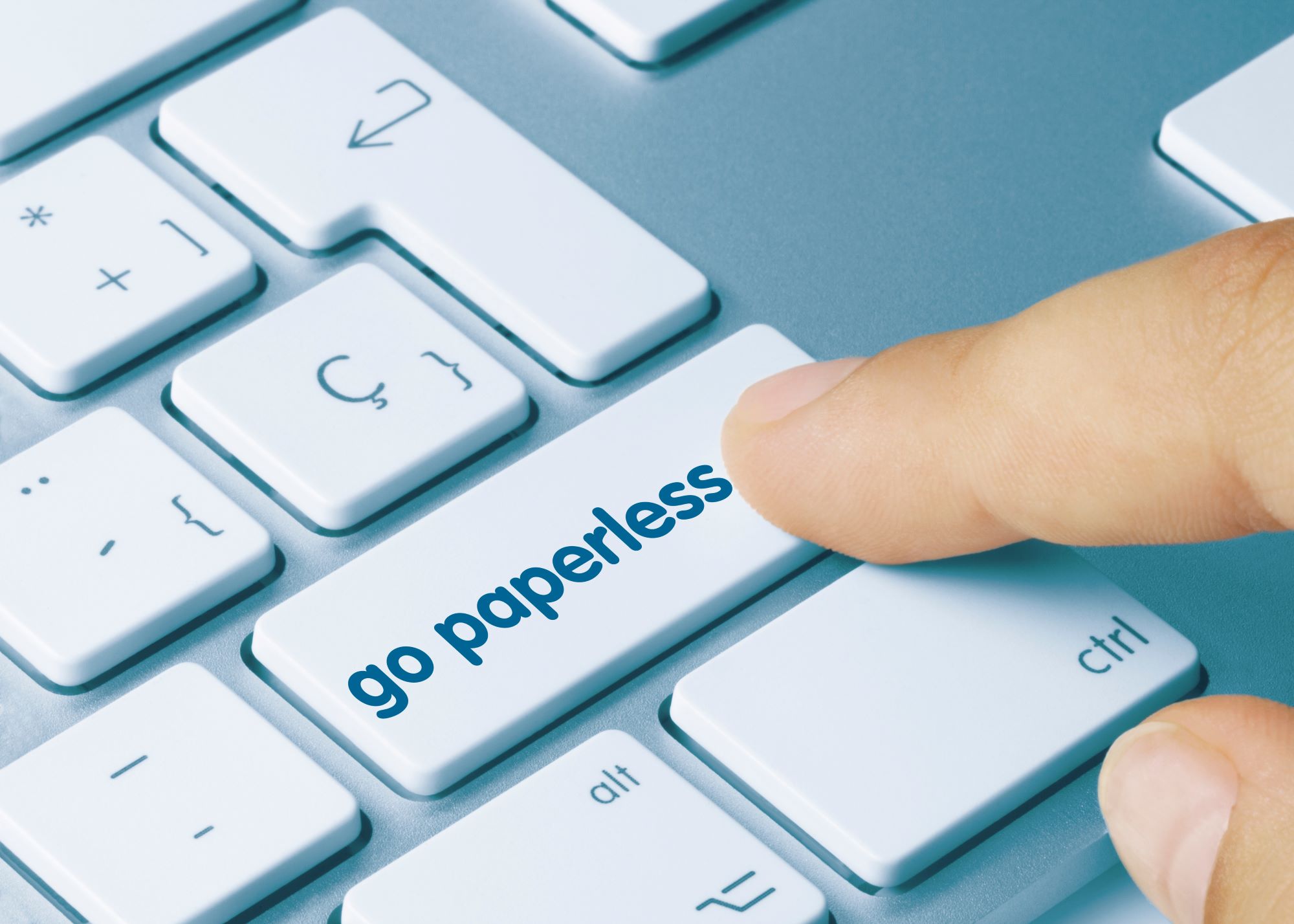How To Go Paperless: A Guide For Small Offices
Documents are integral for offices to be operational. But having lots of documents means using tons of paper. According to statistics, 50% of business waste is paper. Moreover, an average office worker in the United States uses 10,000 paper sheets annually.
However, due to several technological advancements, your office can now reduce paper consumption and transform your workplace into a paperless office. The paperless office, also known as a “paper-light” office, is a working environment that eliminates or reduces the amount of paper being consumed, stored, and used. It aims to reduce clutter and improve overall document management. But how to make your office paperless?
This article will guide you on how to make your small office paperless.
1. Examine Your Current Document Management
Document management is essential for your business because it’s all about managing all your important files and records that are vital for the operations in your office. Before transforming your workplace into a paperless office, examining your current document management habits is crucial. Try using print audit software to track which departments usually need print jobs. Then, look for alternatives to lessen the money spent on printing.
2. Establish A Paperless Office Policy
Transitioning to a paperless office starts with crafting a policy for the organization to follow. You can do this by setting up specific limitations, such as the amount of paper, packaging, and other essential office supplies to be used. By doing so, you’ll encourage your organization to recycle and reuse paper.

3. Phase Out Old Office Equipment
Another way to make your office paperless is by removing office equipment such as fax machines, copiers, and printers. Instead of using a traditional fax machine to do the print-then-fax process, it’s better to use an online fax service such as MyFax to enable direct inbound and outbound faxing. All you must do is connect your fax services to your office software.
Plus, rather than using old copiers, you may opt for a modern copier with a document scanner which you can use to scan your documents and store them in a digital filing storage. It’s best to ask your copier vendor if they can set up a digital scanner for the copier to integrate with your online faxing service. A digital scanner is also a cost-effective option. Using it, you can store documents in pdf format. It’s the best tool for capturing bills and receipts when needed.
4. Use Cloud-Based Storage
With lots of papers in your office, you must ensure they are organized properly. According to research, employees tend to spend a significant percentage of their weekly work hours only looking for documentation and gathering information from a paper document. Therefore, instead of using filing cabinets, it’s better to use cloud-based storage. With this, you can access the files wherever you are and whenever necessary.
A perk of this storage solution is that you can expect all your documents to be highly secured and backed up. Aside from this, you can allow your employees to collaborate digitally in a more effective way.
You can let them share the documents with your suppliers and clients. Most importantly, you can scale its data storage capabilities. All you have to do is choose the proper cloud-based storage that meets the needs of your office.
5. Use The Right E-signature Software
Since printing a hefty number of documents is unnecessary, it’s now the best opportunity to use e-signature software. With this technology, you can remove the need to print, sign and store lots of papers in your office. E-signature offers more security and reduces the storage you’ll need for storing documents.
6. Automate Business Functions
Automating your business functions can reduce the amount of paper consumption. You can start by digitizing your finance department. It is best to use a digital, cloud-based system to do analytics, tracking, and invoicing. If you want to keep track of your expenses, try to use expense-tracking apps. That way, you can easily organize and monitor your business expenses.
Additionally, you can consider using digital time and attendance software. It can help you track your team members’ hours. Instead of printing your memos, you can use digital communication such as emails, instant messaging, and text messaging to improve office communication. You can digitize most of your company’s work processes by doing all these.
Conclusion
Although you can only partially avoid the need for paper consumption, there are still excellent ways to reduce your office’s environmental impact. By transitioning to a paperless office, you can save time and effort and promote the environment’s health by becoming an eco-friendly workplace.




